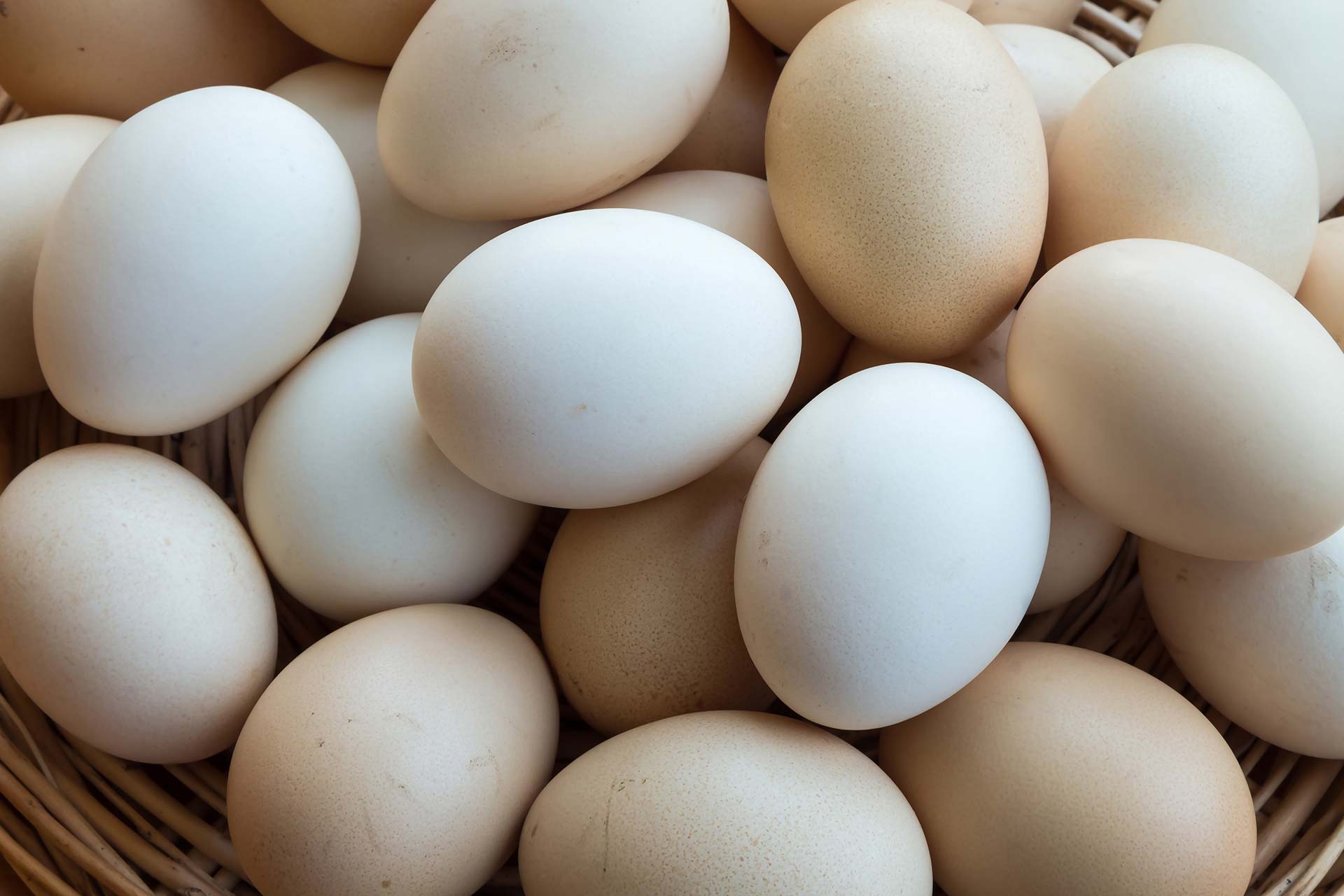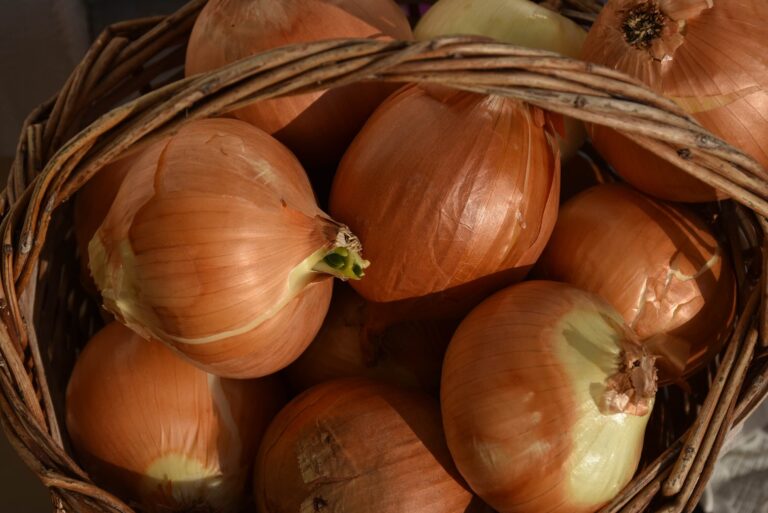The U.S. shell egg market is starting the year under the shadow of a persistent challenge that has plagued the industry for nearly three years—bird flu. As of early January 2025, the highly pathogenic avian influenza (HPAI) continues to disrupt production and supply, sending egg prices soaring and straining the supply chain. Despite expectations that the market might stabilize, new outbreaks have intensified the situation, further compounding difficulties in the already tight egg market.
A Continued Strain on the Bird Flu Egg Market
The bird flu crisis has now entered its fifth consecutive week of price increases. A combination of strong retail demand and supply constraints has kept prices elevated. Typically, January sees a slowdown in egg sales as the post-holiday baking season winds down. However, this year has bucked that trend, with retailers reporting consistent, and at times heightened, order volumes. Despite record-breaking retail prices, which have stayed around $4.00-$4.50 per dozen, consumer purchasing activity remains strong, possibly due to the continued effects of broader grocery inflation.
These high prices have not dampened demand as expected. Retailers have kept their shelf prices steady, which has helped maintain consumer purchasing power despite the increase in egg costs. At the same time, disruptions from Winter Storms Blair and Cora have led to stockpiling and replenishment needs, causing logistical challenges like power outages and transportation delays. This has added another layer of pressure to an already constrained supply chain.
The Impact of Bird Flu on Egg Production
On the supply side, the bird flu continues to ravage production. Since mid-October 2024, the U.S. has lost an estimated 26 million layers due to the virus, with approximately 17 million layers lost by early December. This has driven the national layer population to around 293 million, a significant decline from the 310 million layers at the beginning of December 2024. This reduction in the flock represents the lowest layer count since December 2015, further straining an already tight supply.
As the U.S. population has grown significantly since 2015—from 324 million to 343 million—the reduced layer count is having an even greater impact on the supply chain, making it more difficult for producers to meet the demands of a larger consumer base. The HPAI outbreak has disproportionately affected farms serving the retail market, which has amplified the pressure on shell egg prices. By mid-January, the Midwest large egg price hit a record high of $6.45 per dozen, a staggering 59.8% increase since the price rally began.
International Factors Affecting the Bird Flu Egg Market
The U.S. is also feeling the effects of the bird flu beyond its borders. Canadian buyers have been facing their own domestic shortages due to HPAI, and the U.S. has experienced a notable increase in egg exports to Canada. According to the USDA Foreign Agricultural Service, exports of shell eggs and egg products to Canada have increased by 12.7% year-on-year, with the year-to-date average reaching 6.7 million dozen eggs. This increased demand from neighboring countries is further tightening the already constrained domestic supply.
Looking Ahead: The Future of the Bird Flu Egg Market
As we approach the three-year mark since the first significant HPAI outbreak in the U.S., the bird flu egg market remains fragile. The ongoing challenges highlight just how vulnerable the supply chain is to such sustained pressure. Tight supplies and elevated prices have become the norm, and stakeholders across the value chain—from producers to retailers—are grappling with the consequences of the outbreak.
For the U.S. shell egg market, the bird flu continues to be a dominant force, influencing everything from production levels to prices and demand. While stakeholders throughout the value chain long for stabilization, the unpredictable nature of avian influenza means the market will continue to face challenges well into 2025.
As producers, retailers, and consumers adapt to this new reality, understanding the ongoing impacts of bird flu on the egg market will be key in navigating the complexities of the coming months.
Written by Karyn Rispoli



